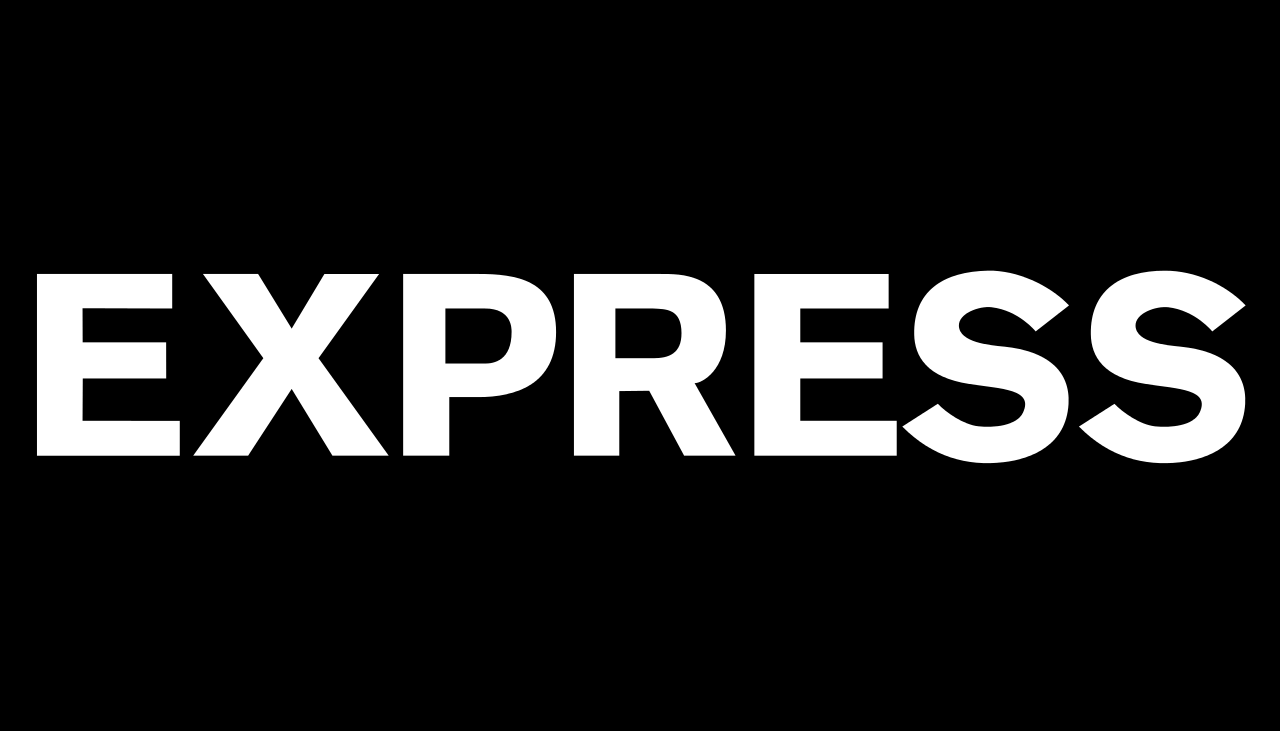Understanding Express: A Comprehensive Guide To The Framework
Express has emerged as one of the leading frameworks for building web applications and APIs in Node.js. It simplifies the process of server-side development, allowing developers to create robust applications with minimal effort. This article aims to provide an in-depth exploration of Express, covering its features, advantages, usage, and best practices.
In today's digital age, the ability to build dynamic web applications efficiently is crucial. Express enables developers to streamline their workflow and enhance productivity. As we delve deeper into Express, we will examine its core functionalities, how it integrates with various databases, and its role in RESTful API development.
Whether you are a seasoned developer or just starting your journey in web development, understanding Express is essential. This article will equip you with the necessary knowledge to harness the power of this framework effectively.
Table of Contents
- What is Express?
- Features of Express
- Advantages of Using Express
- Setting Up Express
- Using Express with Databases
- Building a RESTful API with Express
- Best Practices for Express Development
- Conclusion
What is Express?
Express is a minimal and flexible Node.js web application framework that provides a robust set of features for web and mobile applications. It is designed for building web servers and APIs with a simple and straightforward approach. The framework is unopinionated, meaning it does not impose strict conventions on how to structure your application, giving developers the freedom to choose their preferred patterns and practices.
Features of Express
Express boasts a variety of features that make it a popular choice among developers. Here are some of the key features:
- Middleware support for handling requests and responses.
- Robust routing for managing different endpoints.
- Support for multiple templating engines.
- Integration with various databases.
- Extensive documentation and a large community.
Middleware in Express
Middleware functions are a core concept in Express. They are functions that have access to the request and response objects and can modify them or end the request-response cycle. Middleware can be used for various purposes, such as logging, authentication, and error handling. Developers can create their own middleware or use built-in middleware provided by Express.
Routing in Express
Routing is another essential feature of Express. It allows developers to define how an application responds to client requests for specific endpoints. Express provides a simple and intuitive way to create routes using HTTP methods such as GET, POST, PUT, and DELETE. This flexibility enables developers to build RESTful APIs efficiently.
Advantages of Using Express
Utilizing Express offers several advantages for developers:
- Lightweight and fast, enabling quick development cycles.
- Highly customizable, allowing developers to tailor the framework to their needs.
- Strong community support and a wealth of available resources.
- Seamless integration with other frameworks and libraries.
Setting Up Express
To get started with Express, you need to have Node.js and npm (Node Package Manager) installed on your machine. Here’s a simple setup guide:
- Install Node.js from the official website.
- Create a new directory for your project.
- Navigate to the project directory in your terminal.
- Run the command
npm init -yto create a package.json file. - Install Express by running
npm install express.
Once you have Express installed, you can create a basic server with just a few lines of code:
const express = require('express'); const app = express(); const port = 3000; app.get('/', (req, res) => { res.send('Hello World!'); }); app.listen(port, () => { console.log(`Server running at http://localhost:${port}`); }); Using Express with Databases
Express can be easily integrated with various databases, allowing you to store and retrieve data efficiently. Commonly used databases with Express include:
- MongoDB: A NoSQL database that works well with Express and can be used with Mongoose for object modeling.
- MySQL: A relational database that can be accessed using libraries like Sequelize or Knex.
- PostgreSQL: Another relational database that is well-supported and can also be used with Sequelize.
Building a RESTful API with Express
Creating a RESTful API with Express is straightforward. Here’s a brief overview of the steps involved:
- Define your models and data structure.
- Set up your routes for different HTTP methods (GET, POST, PUT, DELETE).
- Implement middleware for error handling and validation.
- Connect to your database and perform CRUD operations.
Best Practices for Express Development
To ensure that your Express applications are maintainable and scalable, consider following these best practices:
- Organize your code using a modular structure.
- Use environment variables for configuration settings.
- Implement error handling and logging.
- Keep your dependencies up to date.
Conclusion
In conclusion, Express is a powerful framework that simplifies the development of web applications and APIs. By understanding its features and best practices, developers can create efficient and scalable applications. Whether you are building a simple website or a complex API, Express provides the tools necessary to succeed.
If you found this article helpful, feel free to leave a comment or share it with your peers. For more insightful articles, explore our website and stay tuned for future updates!
References
Understanding Dan Dangler: The Rise Of A Social Media Sensation
Ryan O'Neal: A Journey Through Fame, Love, And Resilience
Austin Stowell: The Rising Star Of Hollywood


